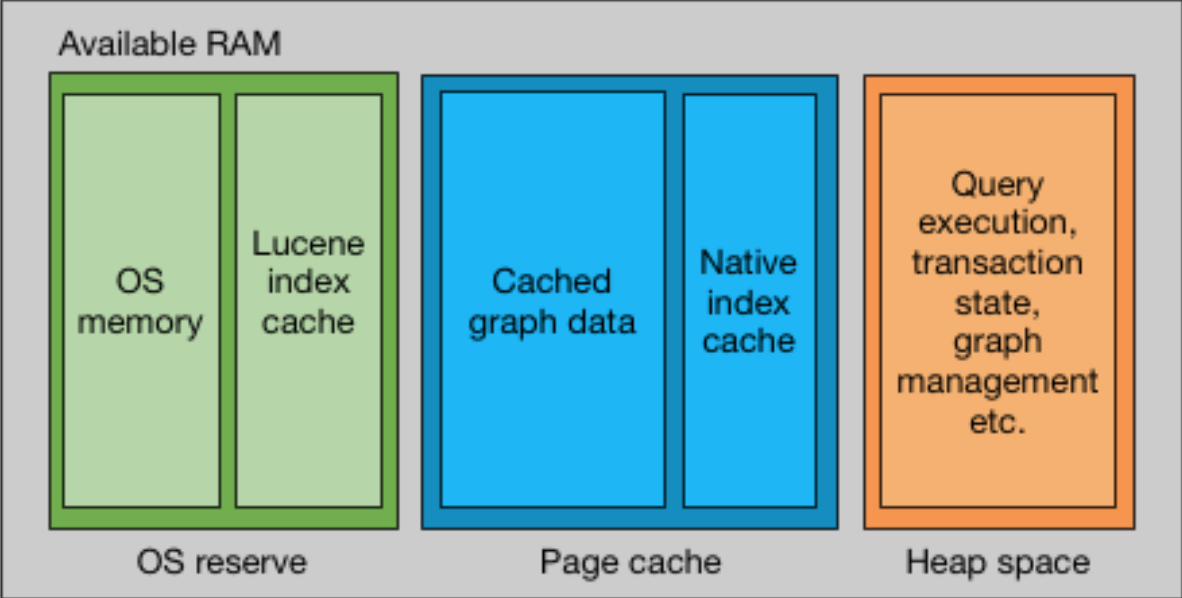I'm researching graph databases for a work project. Since our data is highly connected, it appears that a graph database would be a good option for us.
One of the first graph DB options I've run into is neo4j, and for the most part, I like it. However, I have one question about neo4j to which I cannot find the answer: Can I get neo4j to store the entire graph in-memory? If so, how does one configure this?
The application I'm designing needs to be lightning-fast. I can't afford to wait for the db to go to disk to retrieve the data I'm searching for. I need the entire DB to be held in-memory to reduce the query time.
Is there a way to hold the entire neo4j DB in-memory?
Thanks!

